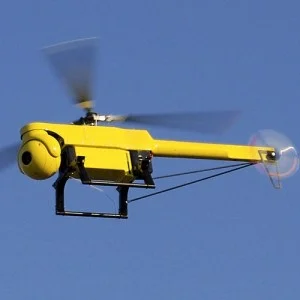Could drones be coming to the Bakken oil patch? It's not such a far fetched idea. According to the Bismarck Tribune, the Federal Aviation Administration and six other states, including Texas, home of the Eagle Ford Shale, have recently been selected as test sites for integrating Unmanned Aircraft Systems (UAV) or drones into the general population.
Modern drone technology can trace its origins back to the U.S. military in the late 1950s, but the concept of drones has been around since the 1800s. The commercial use of drones has been met largely with resistance from the FAA, however, the agency did grant ConocoPhillips permission to use drones in Alaska’s Prudhoe Bay oilfield, and in June of this year, granted a similar permission to British Petroleum.
How Drone Technology Could Be Used in the Oil Patch
With the green light from the FAA for testing in North Dakota, which for now is limited to agricultural applications, the next step could be in the Bakken oil patch. Only time will tell however if the technology will be approved for applications in North Dakota's energy industry.
Drone technology offers many possibilities for the oil & gas industry, with a range of applications, from testing for deadly H2S gas to inspecting miles and miles of pipeline. Increased safety for personnel and cost savings to companies are just some of the positives offered by drone technology. Drones could also be used in the Bakken for inspecting roads, tank batteries, and monitoring activity at the drill-site.
As with any new technology, there are always concerns, and drones in particular have garnered their fair share of scrutiny on the issue of privacy. What issues do you believe drone technology would cause if introduced to the Bakken oil patch?

